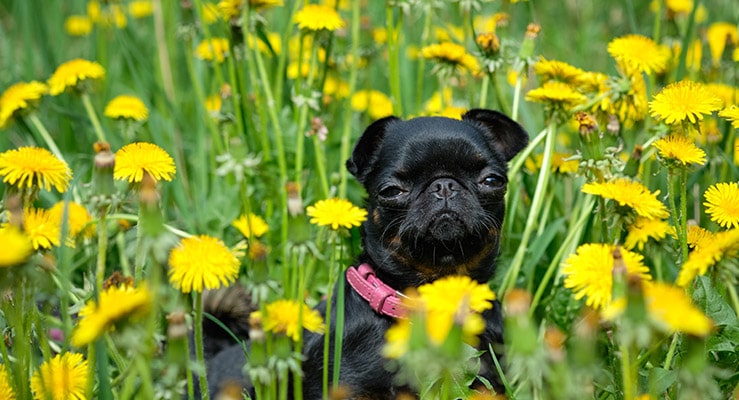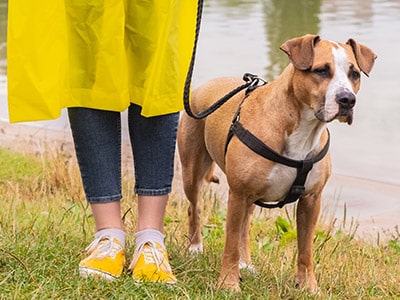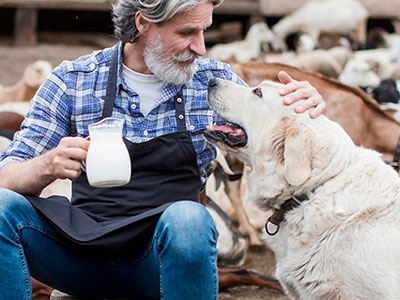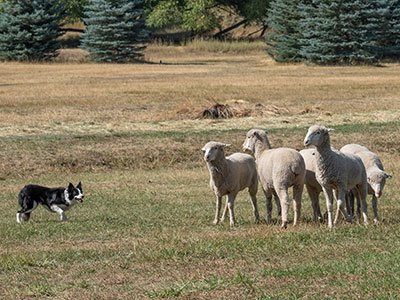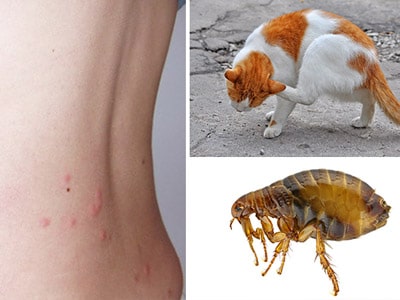Think of the days when you were a child. Perhaps if you saw a dandelion (Taraxacum officinale), you picked it for your mother. You saw it as a beautiful flower and not a weed. However, now that you have a lawn of your own, you may have changed your thinking.
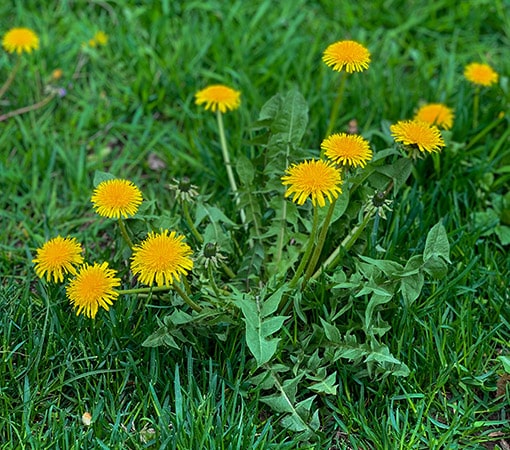
But even if you do think of dandelions as weeds, do not fret! These yellow buds have some things to offer as they have many of the same qualities as an herb.
However, many still continue to see this “flower” as a nuisance. The good thing is that they can easily be mowed away. The bad thing is that within a few days, they return.
If you have dogs, you may wonder if they should be allowed to come in contact with them. After all, if they are running in a yard full of dandelions, or your child has several picked in their hands, it is very easy for them to come in contact with them.
Here we will take a look at if dandelions are toxic to dogs, as well as if there are any benefits known when canines consume them.
Are dandelions toxic to dogs?
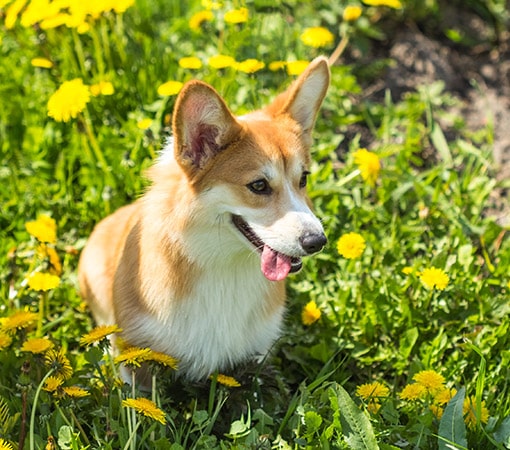
In case you were not aware, dandelions have been used for centuries by Native Americans. They believed it was a potent wellness tonic when they made dandelion tea. They used this so-called weed to assist in heartburn, skin troubles, stomach issues, and swelling. Dandelions are rich in iron and manganese, vitamins A, C, D, K, and B complex, phosphorus, and many other trace minerals.
Just as dandelions are helpful to humans, they can be precious to your dog as well.
Benefits of dandelions to dogs
A canine will benefit from dandelion consumption in the same aspect that humans do. Any pup that has a sensitive stomach can find that chewing on a dandelion leaf before eating can be beneficial. This will allow the metabolic system to work better, so, therefore, gastrointestinal distress will be lowered.
If your pup needs to cleanse his system, dandelion roots are great for this. As they act as a diuretic, the kidneys and liver will continue to function as they should. A huge plus is that dandelions are full of potassium. With diuretics that are prescribed by a veterinarian, many have the side effect of causing potassium deficiencies, which can be extremely dangerous to your pet.
Should your dog need a diuretic, dandelions are a great resource. They can be very helpful if your furry friend has issues such as kidney stones, gallbladder disease, arthritis, or congestive heart failure.
Which part of the dandelion is edible?
Dogs can benefit from having a dandelion root added to their diet. This part of the plant will support the liver and thyroid. Full of dietary fiber, the root has been known to assist dogs with digestive issues.

Dandelion greens can be used to aid in digestion. They can be used as a prebiotic, which feeds the good bacteria in your body. Here you will find many of the vitamins in amounts that your best friend can easily absorb into their bodies. It is gentle on a canine’s system, and will not overwork the digestive system like other supplements may.
The flowers of a dandelion can be used to boost the immune system. They contain a high amount of antioxidants and lecithin, a vital nutrient for cellular health.
How and when to harvest dandelions
You can find them growing in many places in the spring or early summer, such as your lawn, garden, backyard, or in the wild. However, when you pick up the dandelions for consumption, make sure they were not sprayed with pesticides, insecticides, or other chemicals that could make your pet sick.
You can also buy dandelions from stores with Asian specific if you don't feel like harvesting them on your own or if you want to be 100% sure that the plants were not sprinkled with harmful substances.
You can also easily mistake a dandelion with several weeds that make a yellow flower. These plants are generally known as false dandelions.
- Hypochaeris radicata (also known as catsear or cat's ear)
- Crepis genus (also known as hawksbeards or hawk's-beard)
- Leontodon (also known as hawkbits)
- Agoseris genus
- Pyrrhopappus genus
- Hieracium genus (also known as hawkweeds)
- Nothocalais genus
Therefore, make sure you know the specifics of dandelions before you pick them up for consumption.
Dandelions do not branch out like some other herbs that may be growing in your yard. It grows directly off the taproot in a rosette manner. There are also no spines on the midrib.
Dandelion greens should be picked in the early spring. If they are allowed to grow for too long, they will turn bitter. The leaves can be picked at any time, with the best time being when it is dry out. The roots can be gathered in the late fall.
When picking the leaves, do not wash them right away as they could mold. Instead, lay them on a tray lined with newspaper. Stir them frequently to avoid molding, and once completely dry, store in a ziplock bag. Do not allow them to dry in the direct sunlight.
You can also dry out your dandelion roots the same way you have the leaves. First, chop the roots with a food processor, then spread on the tray. Once dry, store in a plastic zipper bag.
How to include dandelions in your dog’s diet
Dandelions should be relatively easy to include in your canine’s diet. Once they have dried out, you can crumble the leaves and sprinkle them over your dog’s food. Use one teaspoon per every 20 pounds that your pup weighs.
You can also make a dandelion tea to supplement your dog’s diet. If they are not thrilled about lapping this up in their water dish, you can add ⅓ cup per every 20 pounds your dog weighs into their canned wet food.
Conclusion
Many people are surprised when they learn that dandelions are a near-perfect weed for canines to eat. Not only that dandelions are not poisonous to dogs, but they provide many of the vitamins and minerals your best friend needs and are fantastic at cleaning out your dog’s system and removing toxins. There is nothing to lose by trying it as it is free. By being resourceful, you can help make your fur babies healthier and happier.

